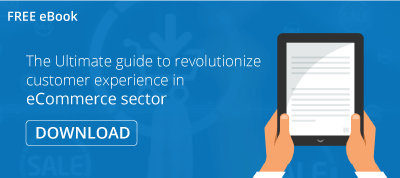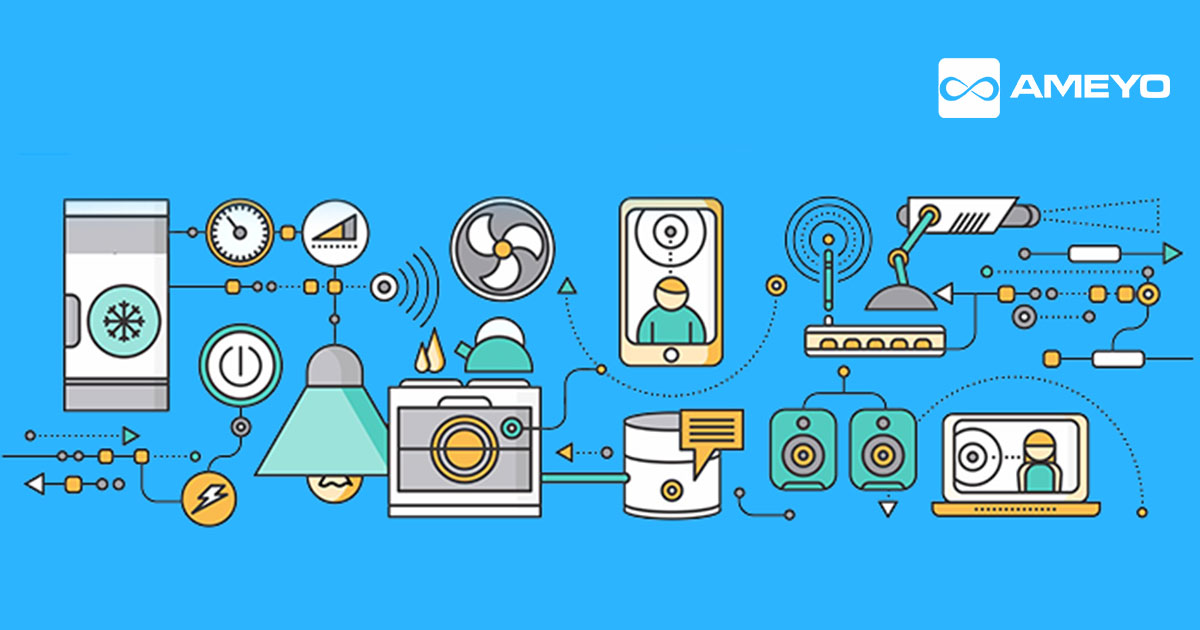Don’t run off into the sunset with an e-commerce idea and forget that your online store is actually meant to serve your customers’ journeys – not yours. Here is how to go about building an online store that puts the customer journey at the heart of your store.
Embrace the 4 C’s: Creating, Curating, Connecting & Culture.
Selling with a customer experience the first attitude is about shifting the focus away from ‘price, product, promotion, and place’ to ‘creating, curating, connecting, and culture’.
Instead of bland promotions and sales pitches, permission-based selling is about using useful content to connect with the customer during their buyer journey.
- You have to put yourself in your customers’ shoes in order to connect with them. Thereafter, you’ll have to figure out how you are going to satisfy their needs in order to implement a compelling brand culture across your store.
- Customer service is going to be a central tenet of upholding the 4 C’s and crafting a strong customer journey.
Here are 5 common customer service mistakes you will want to avoid.
1. Create Personas
We buy with our emotions and our hearts, not our brains. The most important part of any customer journey integration is defining that customers are in the first place. This is where your buyer personas step in – use them during all stages of the project to help you spot where buyer friction is likely to emerge.
- Create a few different customer personas that broadly cover your target demographics. Flesh your personas out with personalities, pain points and common questions. (Here are 10 core persona questions to get you started).
- Test out your personas in your e-commerce environment. Will Ed understand how to use product tagging? Can Dave see where to go next? Can Sally easily verify the voucher code she’s been given? You will soon start to see necessary refinements to your store’s customer journey.
2. Use Detailed Keyword Research
Your customers already know what they care about and what they are looking for. It’s your job to find it out and give it to them. Build your online store right by embedding thorough and detailed keyword research into every bit of planning.
- To succeed as an online seller, you are going to have to get familiar with your customers’ words. What are their fears? Their hopes? Their aspirations? It may sound crazy, but just by typing search words into Google your potential customers are already telling you a lot of these things.
- Look at people’s words to see what sort of journey they are on – easy or difficult. Respond to their needs with language that echoes their own. Reflect their words and questions back to them to make them feel ‘at home’.
3. Plan your Information Architecture
The customer is in control here. Don’t just throw up a jumble of product categories and a messy navigation and hope for the best. Customers are going to leave your site altogether if you don’t plan this bit right.
- Test product discovery on your site. Do people find it hard to find a product? Do the filters and tags you’ve selected make sense? Go back to your buyer persona and keyword research and see what you can learn from there.
- Have a clear menu structure that is intuitive. Use different levels for different menus and don’t confuse people with too many dropdowns.
- Sometimes less is more – pruning your e-commerce site can actually be a good thing for users and SEO.
4. Use Compelling Calls to Actions
Make sure there is always a compelling action you want buyers to take next. Don’t let them get stuck in a dead end.
- Create a flowchart of potential actions a user might take on your site and make sure all of them are clearly sign-posted. Here is where you need to balance design with conversion rate optimization to make sure your store supports multiple, simultaneous buyer journeys.
- Try different variations on the wording and design of ‘buy’ buttons and split test them to see what people respond to.
5. Go on a Journey Yourself
Customer journeys change over time and you have to remain reactive and agile. Don’t plan something out and then get annoyed when people don’t react the way you wanted. The user is right – you have to adapt.
- Use a free trial to build an online store – test it for a few weeks and look at the data that you’re getting back. Refine, optimize and keep building on user insights to build a better and more successful sales journey.
When do you think the customer relationship is at its strongest? What about at its most fragile?
Patrick Foster is an e-commerce entrepreneur, coach & writer, and is presently writing on EcommerceTips.org where I share engaging ecommerce content for entrepreneurs and business owners. You can follow him on Twitter, or add me on LinkedIn.


